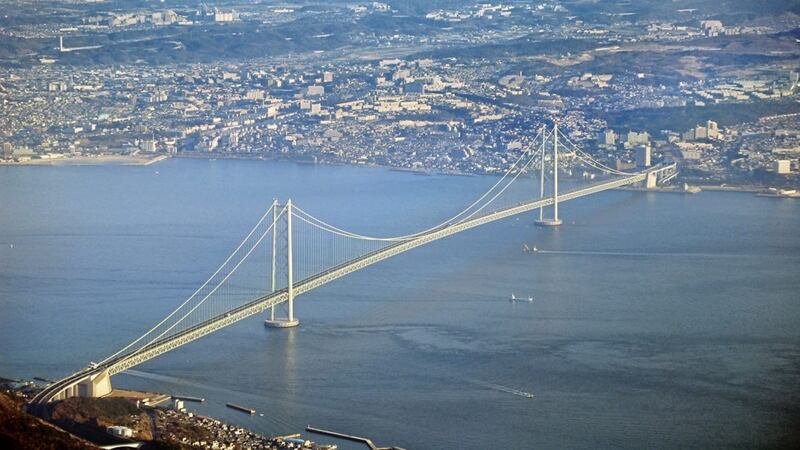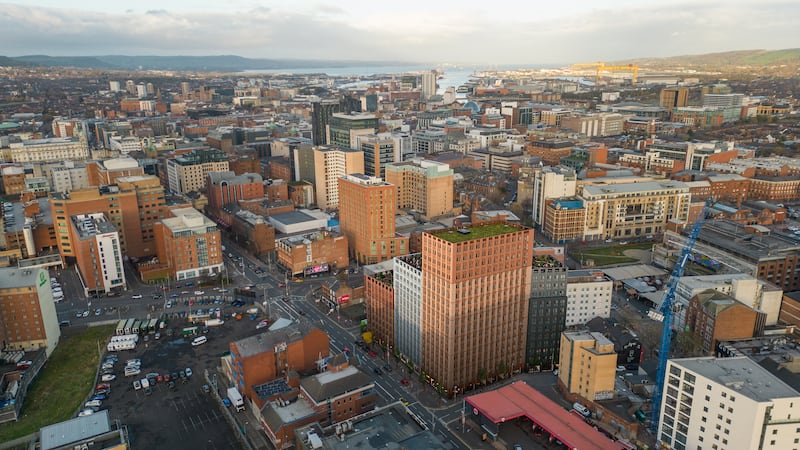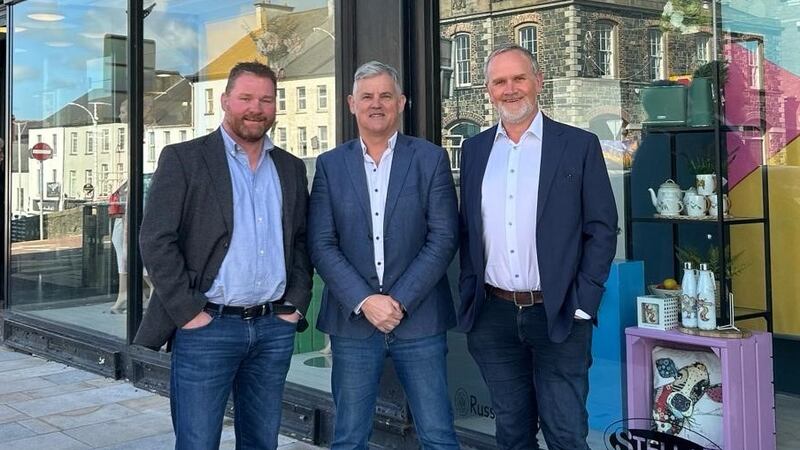THINK of the many great infrastructure projects delivered across the globe. Like the Golden Gate bridge in San Francisco, completed almost 90 years ago and spanning 1.6 kilometres; like the Akashi-Kaikyo Bridge in Japan, almost two kilometres, which took 12 years to build and opened in 1998; and the Oresund Bridge linking Sweden and Denmark, approximately 16km in length.
These bridges stand as iconic examples of mankind literally bridging the gap between physical locations through feats of engineering, which take the breath away with their scale and precision.
New infrastructure projects are constantly emerging in places where political will converges with availability of, or access to, the necessary funds and where a need has been identified.
Closer to home, the Crossrail project in London will enhance capacity of the city’s rail network to the benefit of residents, tourists and businesses. The project is beset with the kind of delays and financial overspend which seem almost inevitable, but these issues will be overcome and the first new line is now expected to be operational in 2021.
In California, work on a new high speed electric rail line started in 2015 and won't be completed until 2029, when the trains will run at 200 miles an hour. In Japan, a new rail link between Tokyo and Nagoya will carry passengers at 317 miles per hour by 2027.
Meanwhile at home, the prospects of a bridge linking northern Ireland and Scotland has moved up the political agenda in recent months (since Brexit has bestowed on us a border down the Irish Sea), particularly after a Prime Minister’s Office briefing that the UK Government is about to commission a feasibility study.
But this potential Celtic bridge is more likely to join the list of fantasy infrastructure projects promoted by Boris Johnson which come to nothing, rather than become a reality, and that's something we should be thankful for.
The bridge to Scotland daydream meets none of the criteria set out above. There is no funding in place, no unmet need which the bridge can fulfil and no real political support for what basically amounts to a consolation prize for the Brexiteer brigade which was duped into supporting Johnson and his Leave campaign only to find that the version of Brexit which will become a reality leaves us closer to an economically united Ireland than it does to an utopian 'Old England' fantasy land of milk and honey.
It is surely no coincidence that the only local political party fully behind the 'Boris Bridge' is the same one which made the wrong call on Brexit, knows it made the wrong call but doesn’t want to own the consequence. The Scottish bridge is now on the agenda' no matter that it won’t eventually be built, and that is a useful tool to distract from the emerging trade barriers between NI and GB.
There are engineers better qualified than me to explain the practical flaws in the bridge project. It is known that around a million tonnes of World War Two weaponry lies somewhere in the same stretch of sea, that the bridge would close during the kind of adverse weather we are currently experiencing, and that transport links at either end of the proposed landing points are woefully inadequate.
More significantly, though, the political will on either side of the bridge is simply not there. In typical Boris Johnson style, neither the Stormont nor Holyrood governments have been consulted on the idea and both responsible ministers in those jurisdictions are opposed. Infrastructure Minister Nichola Mallon has emphatically ruled out any of our own funds being spent on the project, and rightly so. Some observers have pointed out that this would involve additional money, rather than coming from the under pressure Stormont budget. But this kind of ‘fill your boots’ mentality has had its day, and done too much damage.
Of course we want our government to be imaginative and brave in taking forward new ideas, and investment in infrastructure which is planned, balanced, agreed and funded will benefit all who want this region to work. The enhancement of the rail service between Dublin and Belfast would work wonders for the economy of Northern Ireland while relieving pressure on an overcrowded Dublin. It is a serious proposal which is on the agenda now, north and south, and in the new Belfast Transport Hub some steps are already being taken to increase the speed and frequency of the Enterprise.
However, as long as have the longest health waiting lists in the UK, a crumbling schools sector and unmet infrastructure needs as basic as street lighting and water treatment, any money spent on a fantasist's ego trip would be politically immoral and likely rejected by the majority of those who live here.
The bridge to Scotland is likely to get as far as those other of Johnson’s pipedreams - the Garden Bridge across the Thames, or indeed the airport terminal in the Thames. Time to get real.
:: Brendan Mulgrew (brendan.mulgrew@mwadvocate.com) is managing partner at MW Advocate (www.mwadvocate.com). Follow him on Twitter @brendanbelfast
:: Next week: Richard Ramsey








